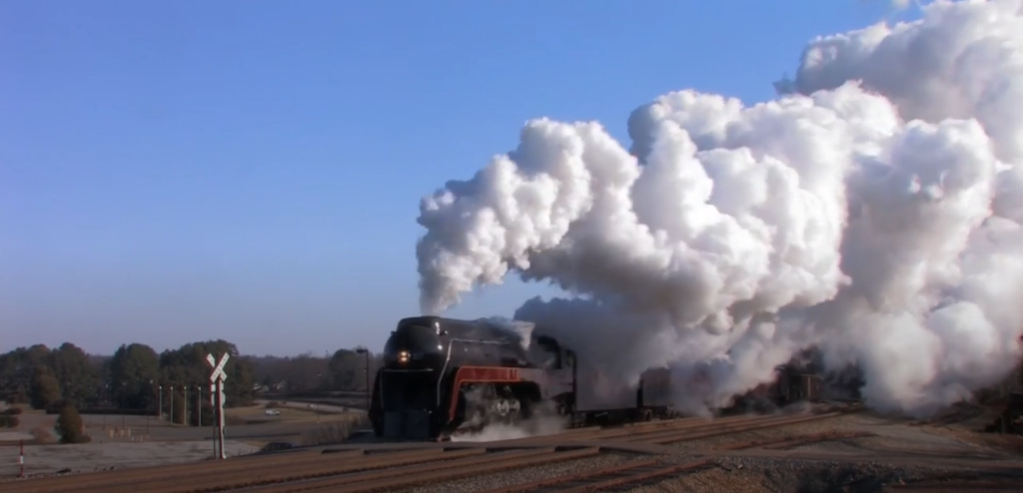
Follow along with famed Norfolk & Western J Class 4-8-4 No. 611 on its 2016 journey from Virginia to the North Carolina Transportation Museum in Spencer. See the classic streamlined steam locomotive and other trains out along the Norfolk Southern main line. Be sure to check out our special issue, 611 In Steam, and related […]
Read More…
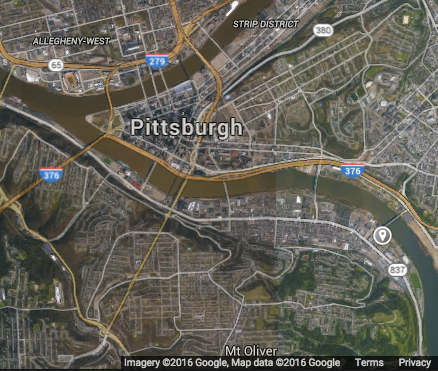
The approximate location of the J&L Tunnel in Pittsburgh along the Monongahela River. Google Maps PITTSBURGH, Pa. — A westbound CSX Transportation merchandise freight train en route to Chicago from Cumberland, Md., caught fire early Monday near J&L Tunnel in downtown Pittsburgh. The incident occurred around 7:50 a.m. on the railroad’s Pittsburgh Subdivision near Milepost […]
Read More…
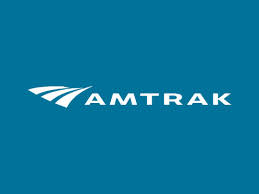
WASHINGTON — After eight years, Amtrak is pulling the plug on one of its more successful promotions: National Train Day. In an e-mail to Trains Correspondent Bob Johnston, Amtrak spokesman Marc Magliari says, “Since its inception, Amtrak Train Days/National Train Day has been a popular program, allowing us to celebrate the value that Amtrak brings […]
Read More…
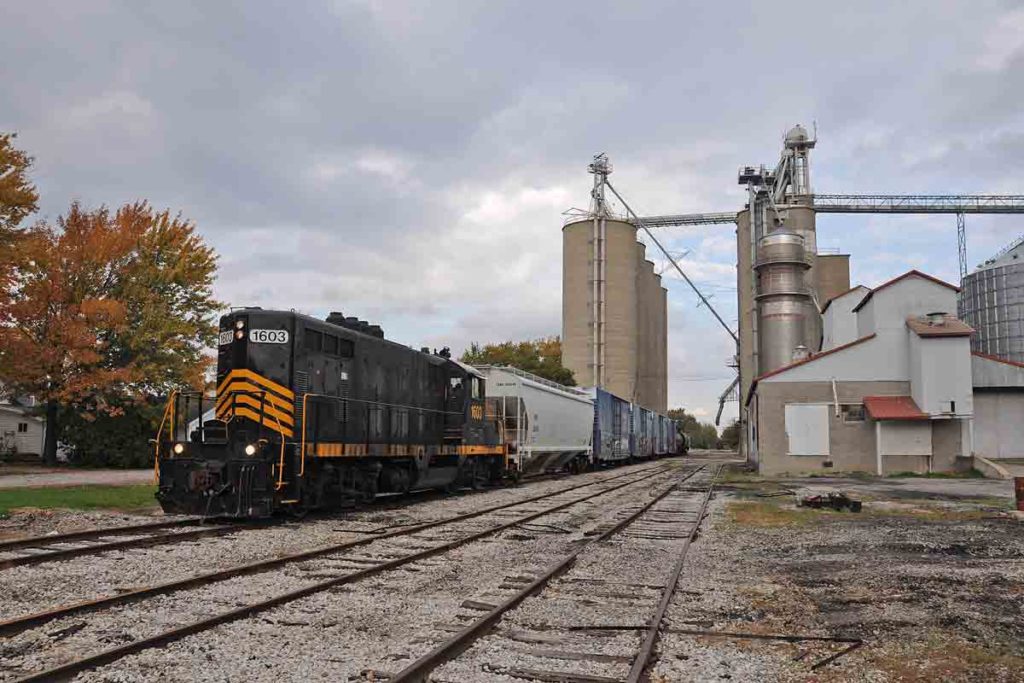
A westbound Napoleon, Defiance & Western train passes the elevator in Antwerp, Ohio, on Oct. 17, 2014. With a modern unit train facility in the region, the elevator doesn’t have much use for the railroad anymore here. Photo by Brian Schmidt […]
Read More…
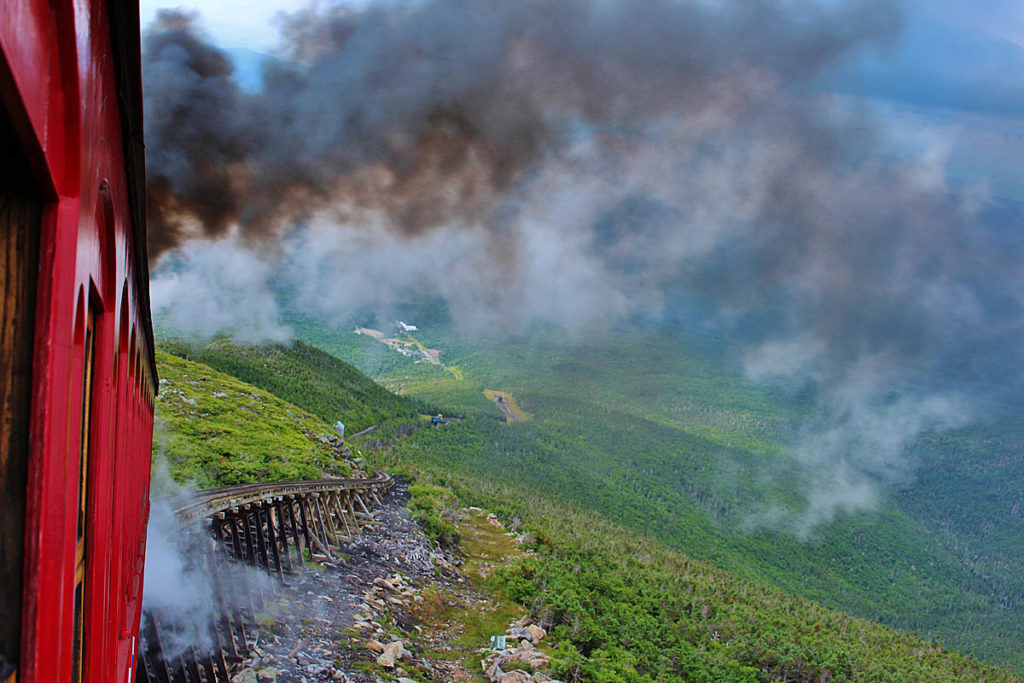
The Mount Washington Cog Railway in New Hampshire puts on a show for visitors on July 27, 2014. Seen here is Jacob’s Ladder, the steepest part of the route at 37.4 percent. Photo by Ryan Trela […]
Read More…
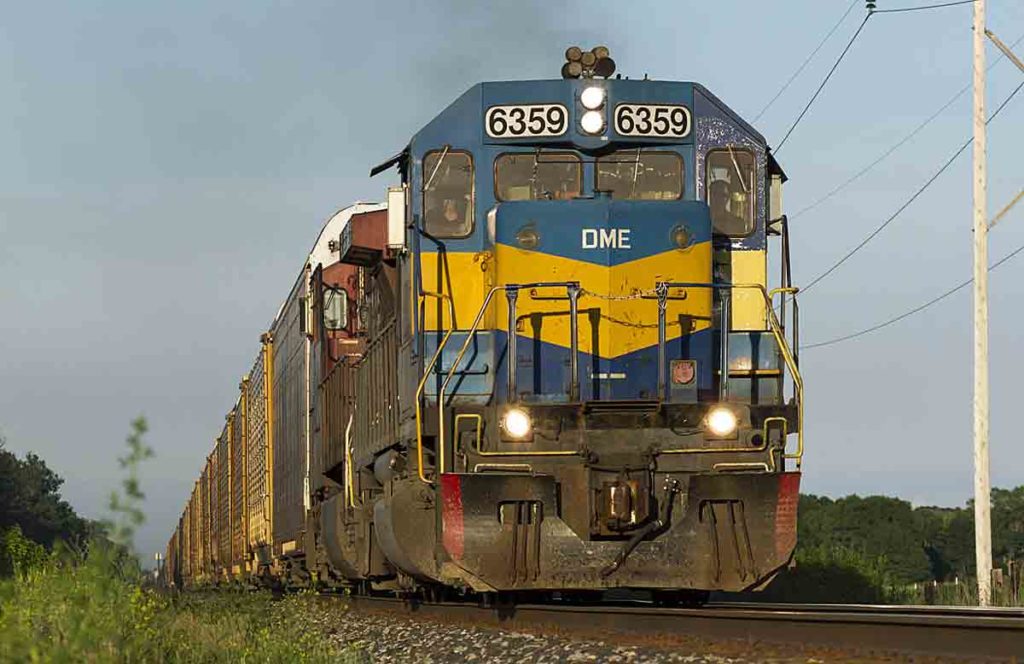
With a fresh crew on board, a westbound Canadian Pacific freight departs Portage, Wis., and chases the setting sun on June 21, 2014. Photo by Matt Krause […]
Read More…

A loaded crude oil BNSF Railway train snakes along Norfolk Southern’s Chicago Line near Otis, Ind., on Oct. 20, 2014. Photo by Brian Schmidt […]
Read More…
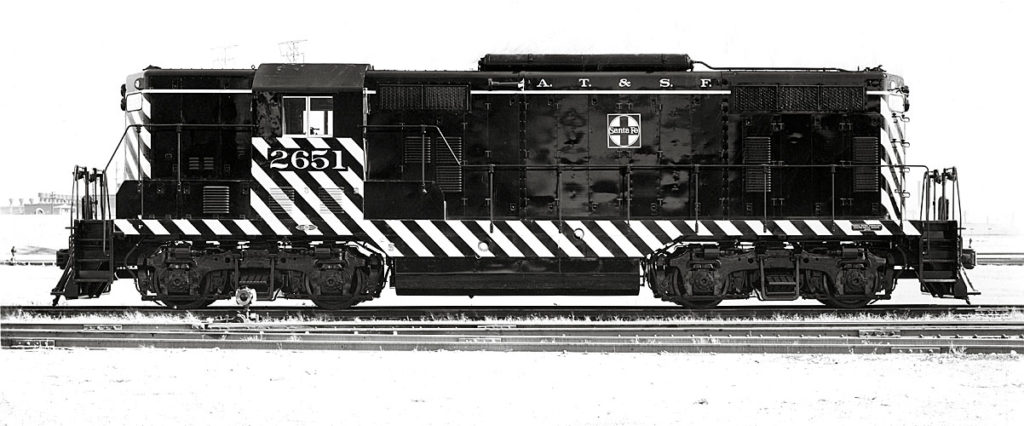
Santa Fe GP7 No. 2651, above, was equipped with steam generators unlike its sister, No. 2656, which had dynamic brakes and was scrapped in 1966. Trains collection Q I have a black-and-white photo of Santa Fe GP7 No. 2656. The engine has what looks like a 48-inch fan on the top and 13 to 14 […]
Read More…
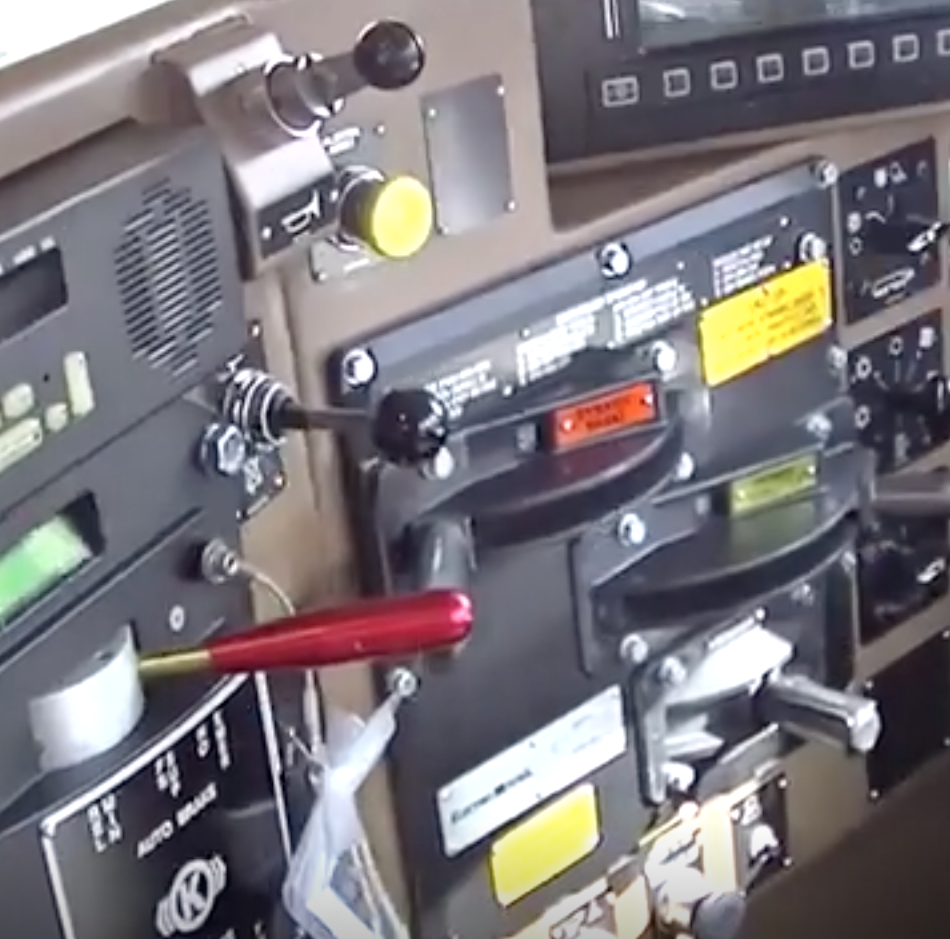
Have you seen the latest in diesel locomotive technology? Associate Editor Steve Sweeney walks through the new Electro-Motive Diesel SD70ACe-T4 locomotive at the 2015 Railway Interchange trade show in Minneapolis with a factory representative. Learn more about the locomotive and see it up close, inside and out! […]
Read More…
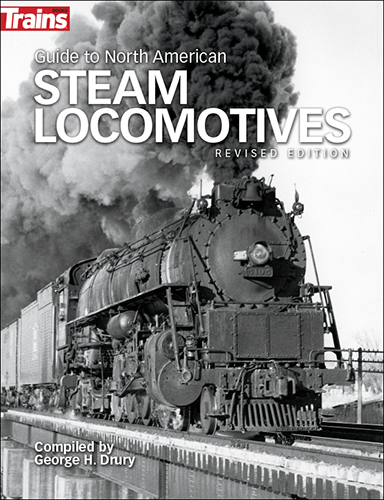
Guide to North American Steam Locomotives, Revised Edition By George H. Drury Kalmbach Books; 336 pages, 420 photos; softcover, 8.25 x 10.75 inches; $24.99 www.kalmbachhobbystore.com Six decades after the decline of steam in North America, Kalmbach has just issued a revised edition of the Guide to North American Steam Locomotives. A reference book on steam […]
Read More…

Coal empties for Danville, W.Va., roll by the W.E. MacCorkle Siding on CSX Transportation’s Coal River Subdivision in April 2013. Chase Gunnoe CHARLESTON, W.Va. — Coal country’s railroaders keep a watchful eye on their train crew assignments these days. They’re waiting for further cutbacks to terminals throughout West Virginia and trying not to believe too […]
Read More…
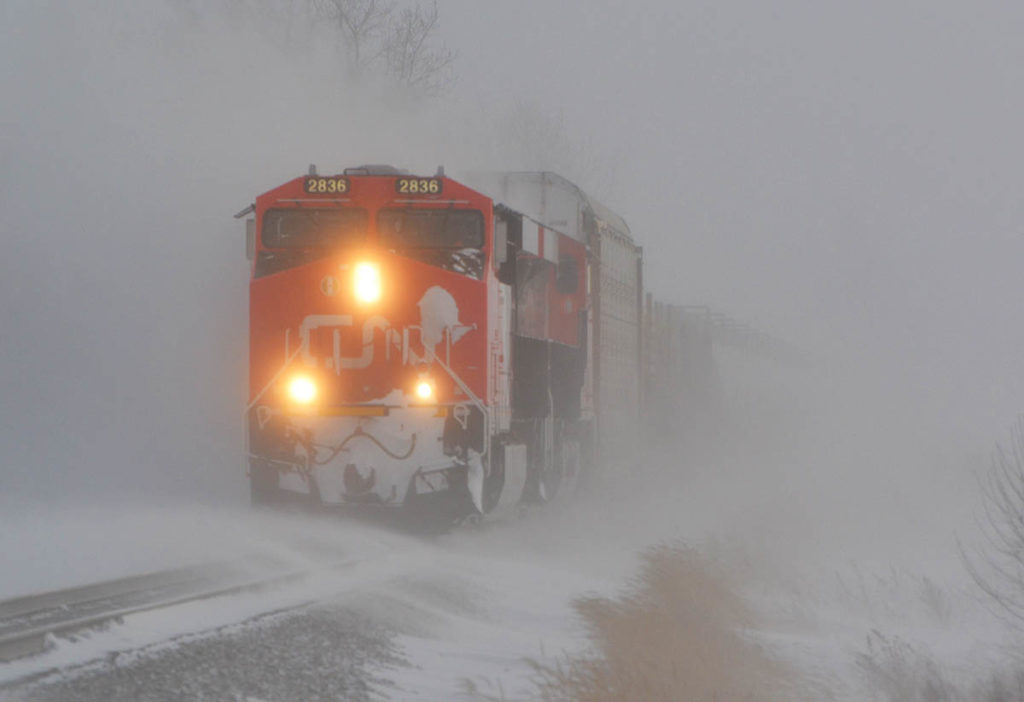
Canadian National train M345 heads north at Rantoul, Ill., on the Chicago Subdivision after meeting a southbound in subzero temperatures and fierce blowing snow. Photo by Erik Coleman […]
Read More…












